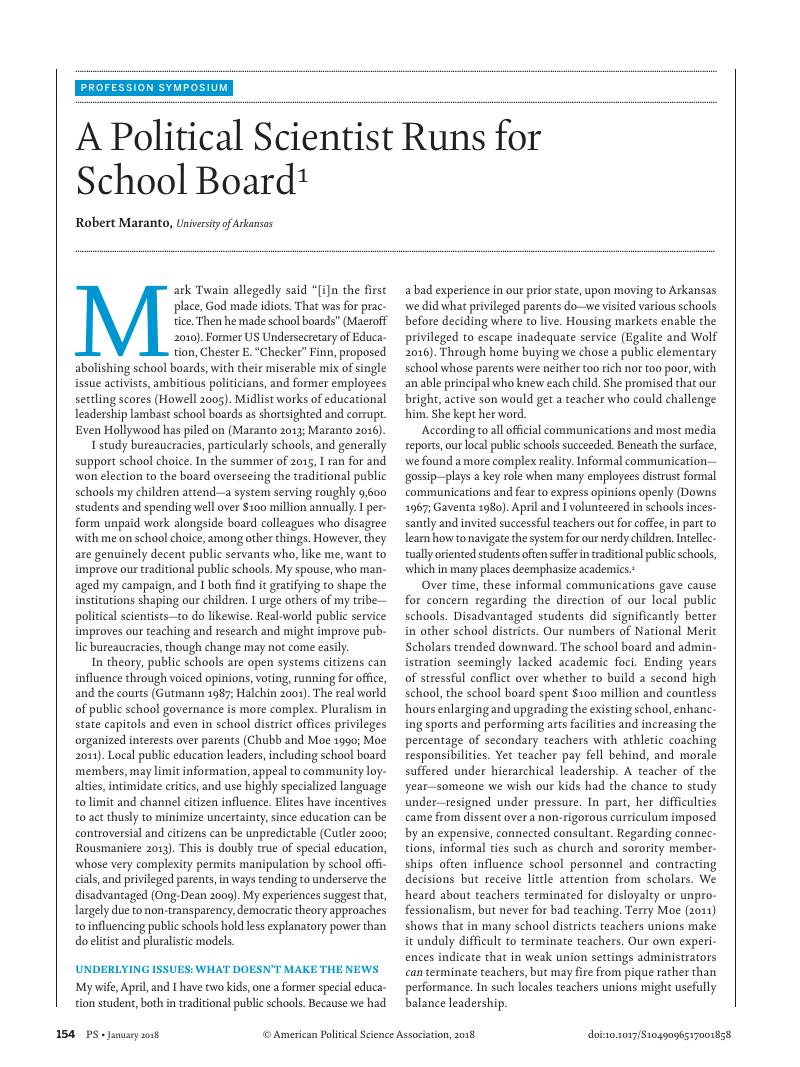Crossref Citations
This article has been cited by the following publications. This list is generated based on data provided by Crossref.
Maranto, Robert
2018.
Editor’s welcome to volume 12: The end of accountability and the importance of being effective.
Journal of School Choice,
Vol. 12,
Issue. 1,
p.
1.
Shakeel, M. Danish
and
Maranto, Robert
2021.
Introduction to the Special Issue: Elitism, Populism, and School Choice.
Journal of School Choice,
Vol. 15,
Issue. 1,
p.
10.



